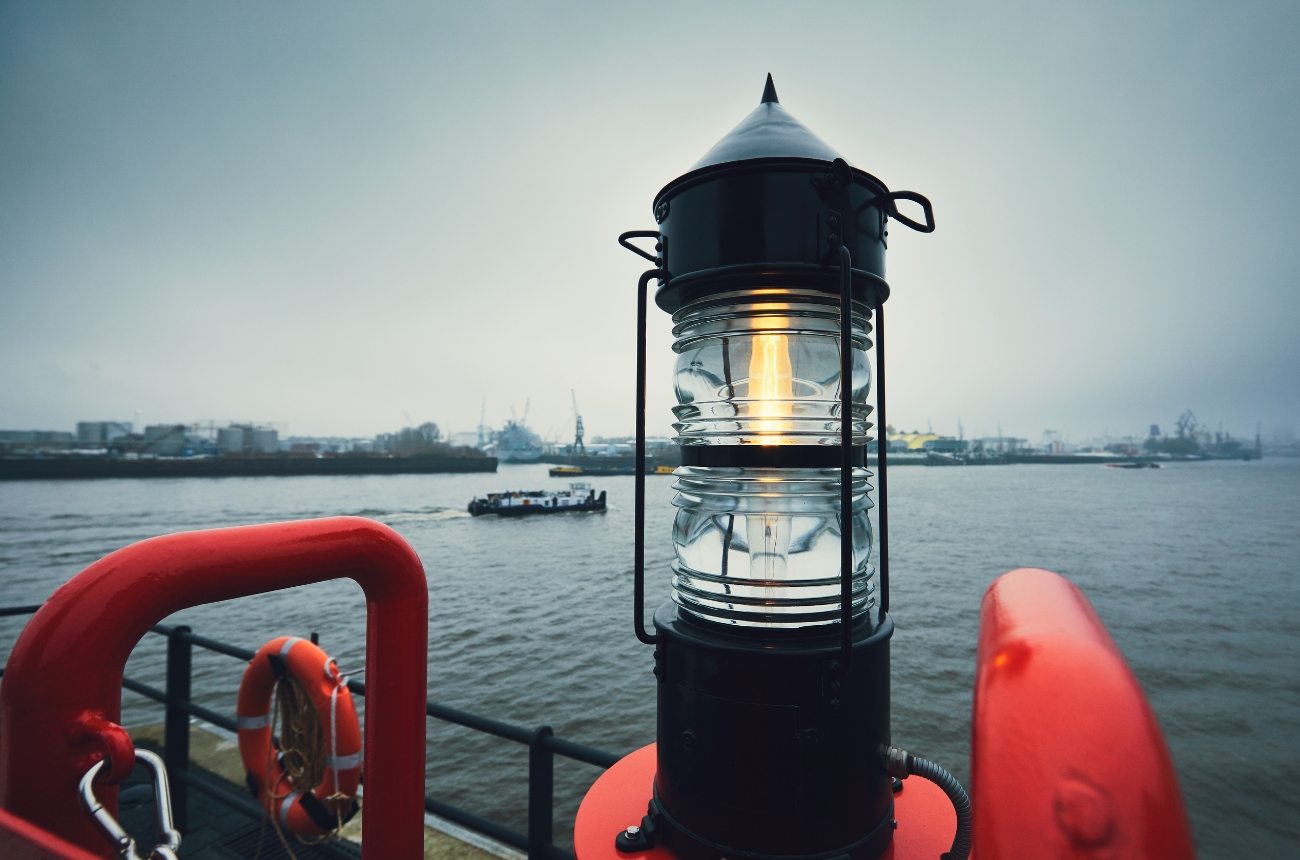The winter months bring the cold reality of Northern Europe and many challenges for businesses. As businesses deal with snow, ice and low temperatures, have you ever wondered why weather forecasts are important for businesses? In this article, we will tell you where and why it is important to prepare for winter in Northern Europe.
Typical Winter in Northern Europe
For businesses, the cold winter season in Northern Europe brings not only snow and cold, but also a number of unique challenges. Firstly, how long does the winter season in Northern Europe last and what is it like?
Cold Weather and Temperature Changes
With the onset of winter in Northern Europe, temperatures usually drop rapidly and continue to do so until March. This coldness is particularly pronounced in the Scandinavian countries. While daytime temperatures are usually below zero, this value drops even lower at night. This increases the heating costs of businesses and makes it necessary to take additional measures for personnel safety.
Snowfall and Thickness
Winter snowfall in Northern Europe usually intensifies between December and February. During this period, snow depths can reach impressive levels in many parts of the region. This poses a significant challenge, especially for the transport and logistics sectors. Road closures or difficulties can complicate supply chain management and increase the challenge for businesses to deliver on time.
Shortness of Daylight
During the winter months, daylight hours are significantly shorter, especially in regions close to the polar circle. This can affect the working hours of businesses and make it difficult to plan daylight-dependent operations. In addition, businesses that carry out their daily work in this limited light may have to pay more attention to the psychological and physical health of employees.

Winter Challenges for Businesses
Winter in Northern Europe presents businesses with profound and varied challenges. From transport and logistics obstacles to energy consumption and cost increases, from personnel safety to demand fluctuations, businesses need to carefully review their operational and strategic planning during the season. So, what are the situations that can be experienced during the winter months respectively?
Transport and Logistics Barriers
Snowfall and icing can create serious obstacles to transport and logistics processes. Road closures due to snowfall or the inability to use icy roads adversely affect supply chain management. In order to overcome this situation, businesses should review their route planning and develop alternative solutions.
Energy Consumption and Costs
Cold weather conditions increase the energy consumption of enterprises. Especially in this period when the need for heating is intense, energy costs of enterprises can increase significantly. Businesses should develop strategies to increase energy efficiency and minimise costs.
Personnel and Security
Snow and cold weather conditions can affect the safety of employees. In addition, labour shortages may occur due to harsh weather conditions. Businesses should take safety precautions for staff and plan for potential labour shortages.
Demand Fluctuations
Winter weather conditions may affect consumer demand. Especially in the retail sector, shopping habits and demand fluctuations can be observed. Businesses should develop flexible strategies to respond quickly and effectively to demand fluctuations.
The Role of Weather Forecasts
Weather forecasts are an important tool that enables businesses to be prepared in advance for the challenges they may face during the winter months. In particular, weather intelligence providers such as Weather X provide businesses with access to real-time and reliable data, enabling them to access up-to-date information on weather conditions such as snow, ice and extreme cold.
Developing Risk Management Strategies
Weather intelligence helps businesses improve their risk management strategies. For example, a logistics company can revise transport plans in advance in areas affected by snowfall, or an energy company can better manage energy demand by anticipating cold waves. This allows businesses to optimise their operational processes and reduce costs.
Taking Preventive Measures
Weather intelligence also helps businesses to take preventive measures. Advance notice of adverse weather conditions gives businesses the opportunity to take timely measures. For example, a construction company can strengthen safety protocols when a severe snowstorm is expected, or an agribusiness can adjust harvest planning accordingly by predicting frost events in advance.
A Strategic Ally for Businesses
Weather intelligence stands out as a strategic ally for businesses. This enables businesses to plan better, optimise their operational processes and become more resilient to potential risks. By providing businesses with this valuable tool, Weather X helps them cope with the challenges of winter.


